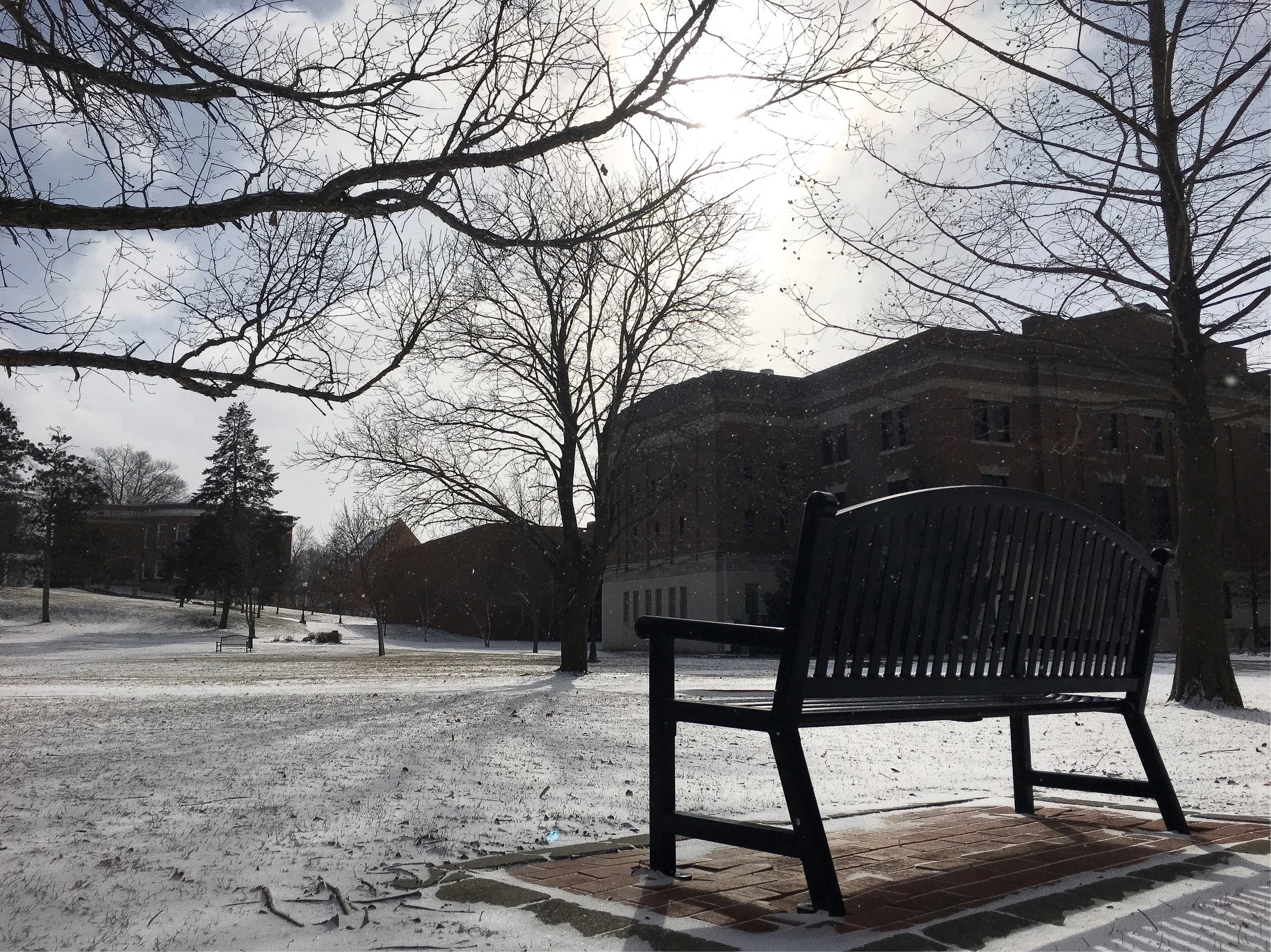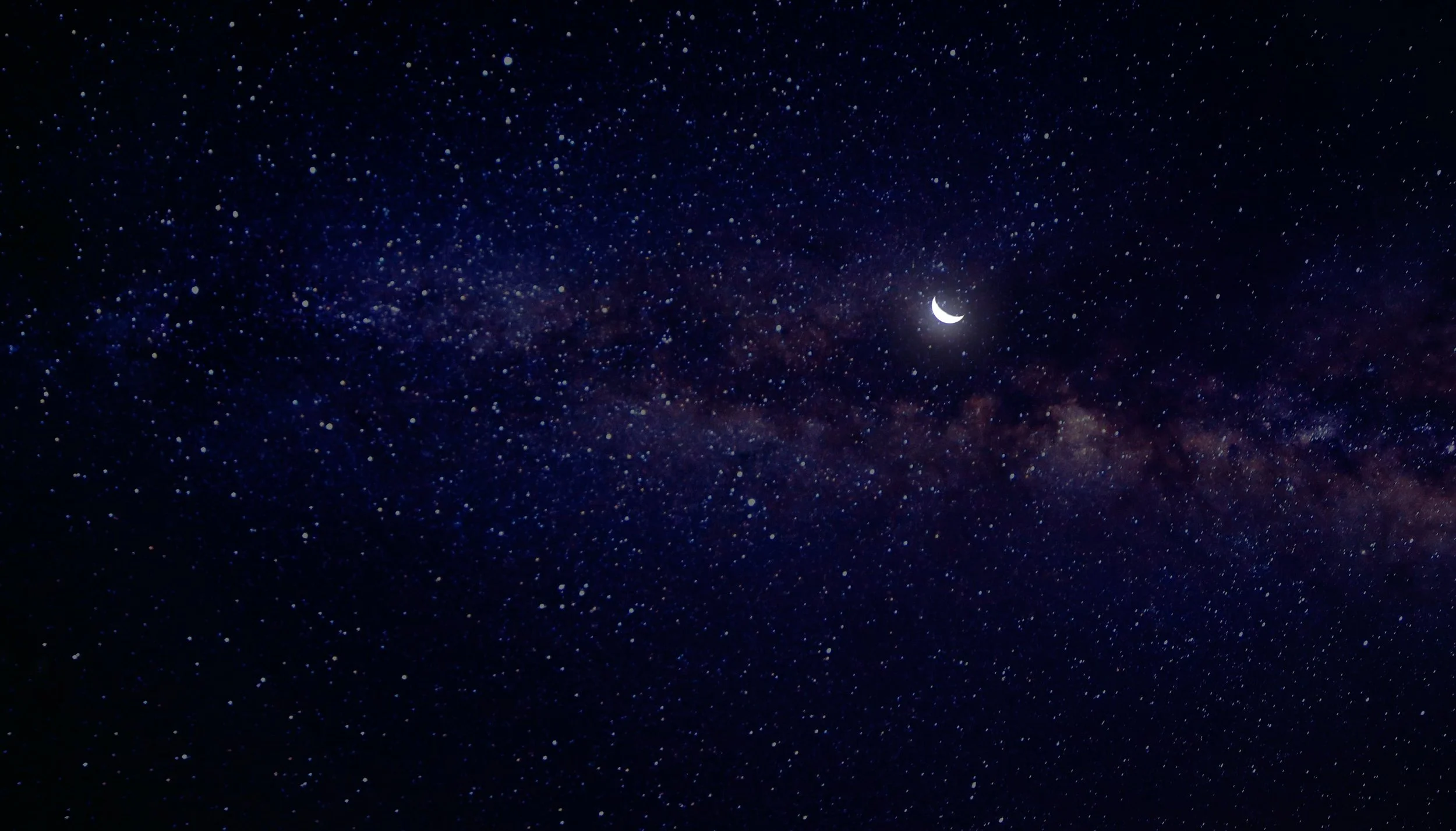Tarot Cards - An Investigation
So, tarot cards, right. What’s the deal?
I think we’ve all seen this scene: the protagonist enters a dimly lit, smoky room occupied by a mysterious middle-aged woman sitting at a table. They sit down after some ominous conversation about knowing your destiny. She lays out a deck of elaborate cards to the protagonist who is immediately drawn to a card so inconspicuously placed that it must be fate. They turn it over. The picture? The hanged man. Oh, the humanity!
Wait a minute. What’s actually going on? I mean, it’s a card for crying out loud, and a rather cool one at that. Why is the middle-aged woman clutching her talismans like Kate Winslet was doing to that door in Titanic? Is this supposed to be some kind of revelation?
It seems you, like many others, have stumbled across a generic tarot-reading scene. The cards in question are tarot cards, a popular device used nowadays mostly for divination and other spiritual purposes. But where do they come from, why are they used and, most importantly, what exactly are tarot cards?
Now, my knowledge of tarot cards is largely limited to terrible horror movies and less-terrible-but-equally-unsophisticated fantasy literature, so this will be a quick dip into the very basic history and mechanics of tarot cards rather than an extensive history or explanation.
Now, for the very, very basic information: a modern occult tarot deck consists of 78 different cards, each of which has a spiritual meaning or purpose of some sort. In an occult tarot reading the cards are laid out on a table face down and the person wishing to know their fortune moves their hand over the cards until (depending on the type of reading being conducted) one or more of the cards call to them. They then proceed to draw these cards, which are used to discern things in the life and future of said person.
This is a (very) basic outline of a modern occult tarot reading. However, this is not how all tarot cards work nor have they always been used for fortune-telling.
First off, tarot cards (also known as Tarock cards) only became associated with the occult and cartomancy in the mid-18th century, after existing for almost 300 years. Before that, tarot cards were used as “regular” playing cards. A variety of games still exist for tarot decks, but they have largely been eclipsed by their use in the occult in the Anglophone world. Said occult purposes originated in France, where the first decks intended to be used for fortune-telling were designed. This also saw the introduction of the major and minor arcana into the decks.
One of the tarot-related words everyone seems to know is arcana, though few seem to fully understand the concept. The arcana are two sections of an occult tarot deck, divided by whether or not the card belongs into any of the deck’s four suits. The terms are not used in conjunction with traditional tarot card games but are solely used for occult purposes.
The Major Arcana (the big secrets or the trump cards) is the arcana most people are familiar with, as it contains the more iconic cards such as The Devil, The Hermit and The Lovers. None of the cards correspond with a suit. In some cases, an occult tarot deck only contains the major arcana since the cards are designed to look more eye-catching than the minor arcana. These tend to be the cards that people draw in fictional tarot-readings, though their meaning is often portrayed as much more sinister than it actually is.
The Minor Arcana (the small secrets) in turn consists of the remaining 56 cards which are divided into the four Italo-Spanish suits: the wands, cups, swords and pentacles (clubs, hearts, spades and diamonds in the more familiar French deck). Each suit also corresponds with a social class such as the clergy or military as well faculties such as reason and creativity. Every card in the minor arcana has a meaning of its own, but they’re often ignored in favour of the more distinct major arcana, which is a real shame because the Ace of Swords would be a great name for a band.
Every card has a different significance depending on whether they’re drawn to indicate your past, present, or future, so there isn’t one fixed “meaning” to each card, rather it depends on the order they’re drawn in as well as the questions you want answers to. For a very simple reading, you can also focus on a yes/no question and draw a single card. The card you draw will provide you with a reply. For a beginner like yours truly, this is an exceedingly simple experiment to conduct, so that’s exactly what I did.
Q: Will I pass all of my courses?
A: The Lovers: Yes
The card you draw is likely to imply more than a mere yes/no answer, but I’m not nearly advanced enough to get into that. All that matters is the fact that fate seems to be in my corner for once and I’m not going to push it.
So, for those who want a single sentence to take home with you: tarot cards are a group of 78 cards divided into two arcana, that were appropriated into occult usage in the 18th century and can be used to answer both direct questions and tell one’s fortune. Thank you and good night.
Helpful vocabulary:
tarot cards: A deck of 78 cards used for games or, more commonly, fortune-telling
occult: something related to the mystical and supernatural that often falls outside the parameters of science and religion
cartomancy: fortune-telling or divination conducted by using a pack of cards
Basic card meanings: the Major Arcana
Here’s a brief explanation for each card in the Major Arcana. As I mentioned previously, no card has a fixed meaning and each interpretation is dependent on when and which way up the card is drawn. However, I am once again prepared to flout convention and try my best at explaining what the heck these iconic cards are trying to tell you in the basest terms possible. I’m using the traditional structure for the Fool’s Journey here, so if your opinion on how the cards should be listed is different, take a deep breath and remember that your opinion is seldom the only correct one. It should also be noted that each card also has a corresponding element and planet, but my rookie self is quite overwhelmed as it is, so I recommend further research for those interested in the topic. Now, without further ado:
0. The Fool: no, stop chuckling and sit down. The Fool is the card of new beginnings and innocence. Everyone beginning their journey with tarot cards is considered the Fool, which likely includes you as well, and the Major Arcana is supposed to symbolise the journey of the Fool through their life.
1. The Magician: the first steps of a journey, seeing the bigger picture, and potential.
2. The High Priestess: human wisdom and spirit, intuition.
3. The Empress: life, fertility, femininity, nurture.
4. The Emperor: leadership, masculinity, determination.
5. The Hierophant: spiritual authority and stability.
6. The Lovers: love (no way), choice, balance.
7. The Chariot: achievement, willpower, control, determination and victory. All in all, those things we all want to get but few of us do.
8. Justice: justice (duh), fairness, responsibility and restoration. Traditionally this is the eighth card in the Fool’s Journey, but in some decks its position is replaced with Strength. Both are considered valid.
9. The Hermit: solitude, wisdom, introspection and truth. This card warms my introverted heart.
10. The Wheel of Fortune: change, the cyclical nature of life, and fate. I regret to inform you it has nothing to do with the game show.
11. Strength: strength of character and control over earthly impulses.
12. The Hanged Man: self-sacrifice, patience and introspection. Take that, hack fortune-tellers.
13. Death: change, renewal. Yes, it can also mean death, but also the death or forfeiting of ideas and projects, which in turn leads to change, so stop freaking out.
14. Temperance: temperance (you seeing a pattern here?), tranquillity and clarity.
15. The Devil: losing control of your basic urges, disappointment, captivity by material desires. This is one of the two “bad” cards in a tarot deck, but unlike movies would have you believe, it does not translate into “impending doom, preferably with excessive gore and more shrieking than a class full of elementary schoolers with recorders.”
16. The Tower: sudden destruction, change, loss of structure and order. Generally considered a negative card, though some interpretations like to view it in a “out with the old, in with the new” light, but don’t get your hopes up.
17. The Star: faith, transcendence, reconnection with higher forces and teachings.
18. The Moon: sensitivity, relaxation, imagination and dreams. However, it also has an underlying current of the eerie, nightmares and loss of control. A card of mixed messaged, this is.
19. The Sun: renewed enthusiasm and innocence, introspection and rediscovery of goodness. The Sun is often considered the most positive card in the entire deck.
20. Judgment: judgment (if you can believe it), rebirth, calling, realization. This is the card of catharsis, the resolution and end of the struggles of your journey as you uncover your purpose.
21. The World: the finale, closure, summation, the break before the cycle begins anew.
Basic card meanings: the Minor Arcana
Luckily for my weary self, the Minor Arcana is only divided by suit, which in turn corresponds to a mental faculty, element and specific social class. Needless to be said, this no longer applies in real life, but if you want to believe being a priest will turn you into a waterbender, who am I to stop you?
Wands: creativity; fire; and artisans.
Pentacles: material possessions; earth; and merchants
Cups: emotions; water; and clergy
Swords: air; reason; nobility and military





